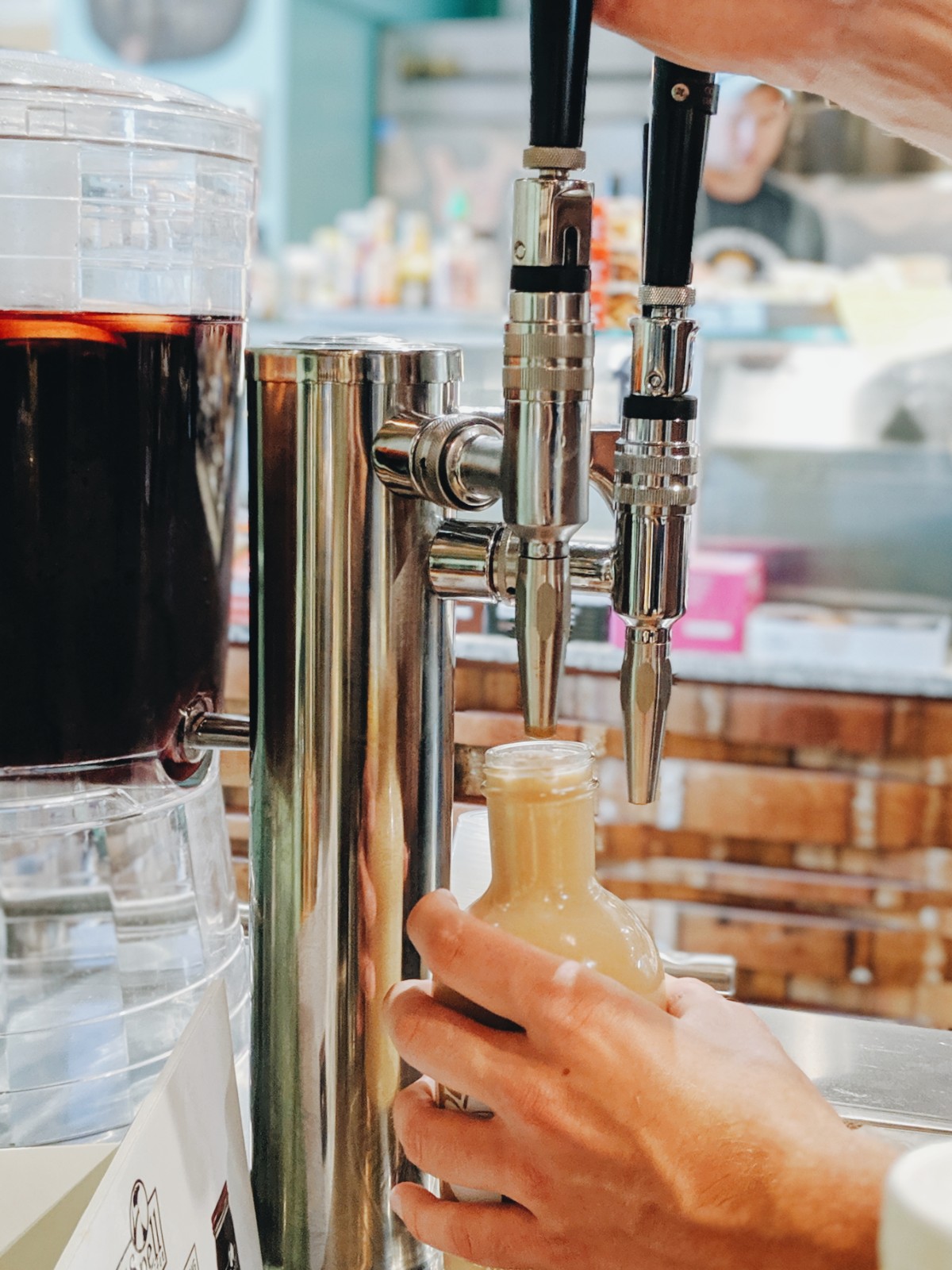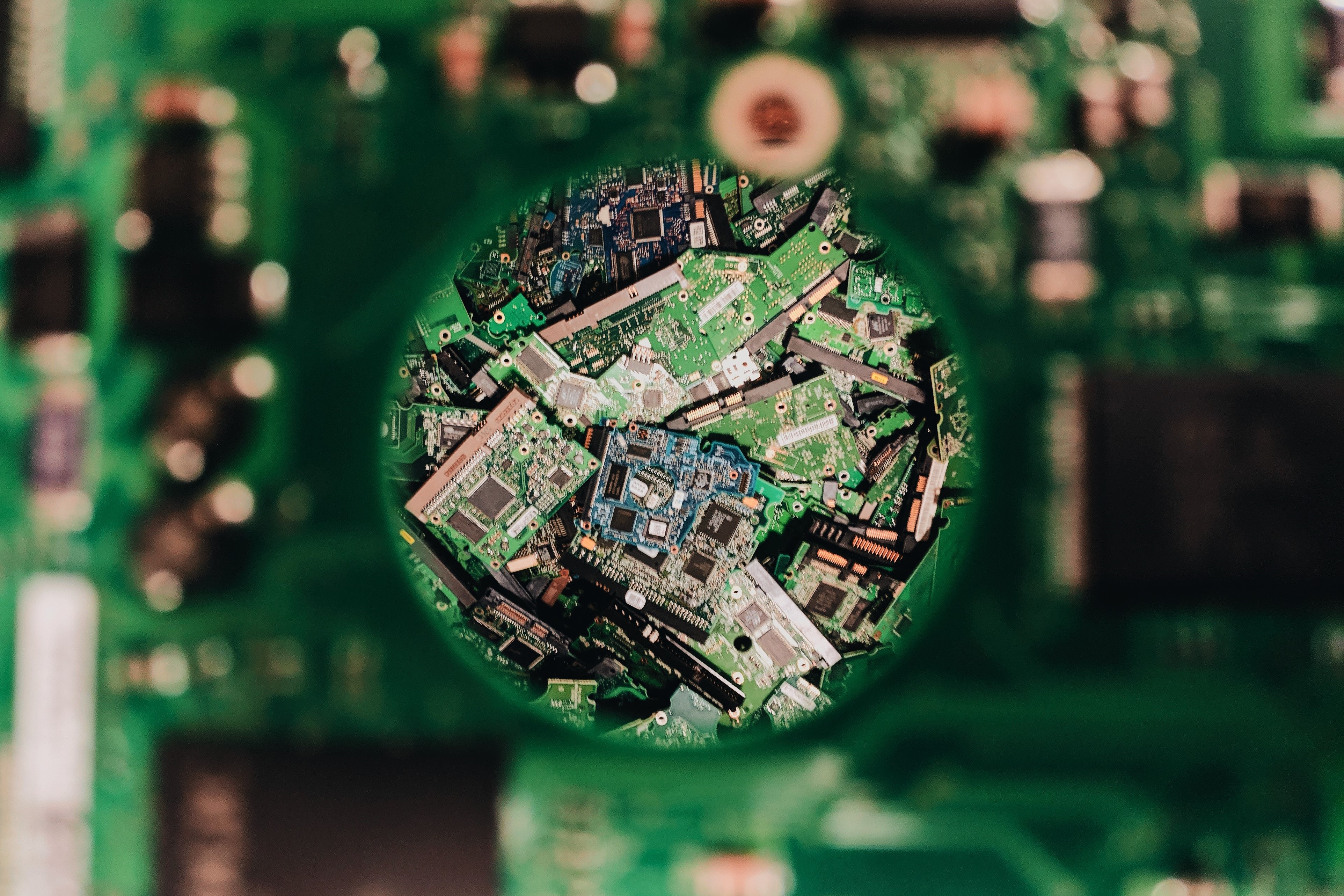Spiraling toward a Circular Economy
Posted by Kate Gislason on Oct 3rd 2019
Here at the Surplus Store & Recycling Center, we think a lot about how to cut out waste. Could building new products from our refuse be the solution?
A circular economy is rooted in the idea that what we toss as waste is in fact a valuable resource. It proposes an economic system where waste and pollution are designed out, products are kept in use, and renewable, regenerative systems are the backbone. This makes it possible to eliminate the vast majority of waste because reduction and reuse are prioritized.The concept of keeping materials in a constant circle of reuse and recycling presents opportunity for innovation and imagination. Forward-thinking companies, and those concerned with staying in the good graces of consumers who are growing increasingly skeptical of single-use items, are working to implement principles of the circular economy. This model is an alternative to our current linear economy, which is summarized by the Ellen MacArthur Foundation in three steps: Take. Make. Waste.
The linear economy is part and parcel of the disposable culture that dominates the American marketplace. Both are deeply intertwined with our love of convenience and instant gratification. Broadly speaking, when we support disposability, we indicate to industry that we prefer or at least tolerate “a disposable economy driven by high volume sales of a relatively cheap item designed for limited use, discarding, and then replacement,” said Gay Hawkins of Western Sydney University.
To get a better sense of what it takes to build a circular economy, we talked to Community Sustainability professor Robert Richardson, president of U.S. Society for Ecological Economics. Richardson said the most important aspect within a circular economy is the “design stage—where products and materials are designed to be broken down into parts that are recycled, reused, refurbished, or repurposed. Many products today are designed under the mindset of planned obsolescence, where products are made with non-durable materials and are designed to be discarded and replaced after a relatively short useful life. The circular economy would require that products are designed to minimize energy and eliminate waste throughout the production, use, and repurposing stages of its useful life.”

That is to say, transforming the global economy would pose some complex challenges. “A transformation of the economic system to a circular economy would require a change in perspective that emphasizes re-designing the way our economy works: designing products that can be 'made to be made again' and powering the system with renewable energy,” said Richardson.
So, what can we do in the meantime? As consumers, we vote with our pocketbook. When it comes to the materials and products you purchase, you have the power to influence industry choices. But, before you start shopping for Instagram-worthy sustainable products, consider this important caveat from Richardson: “Perhaps the greatest contribution people can make in support of the circular economy is to consume less.”

